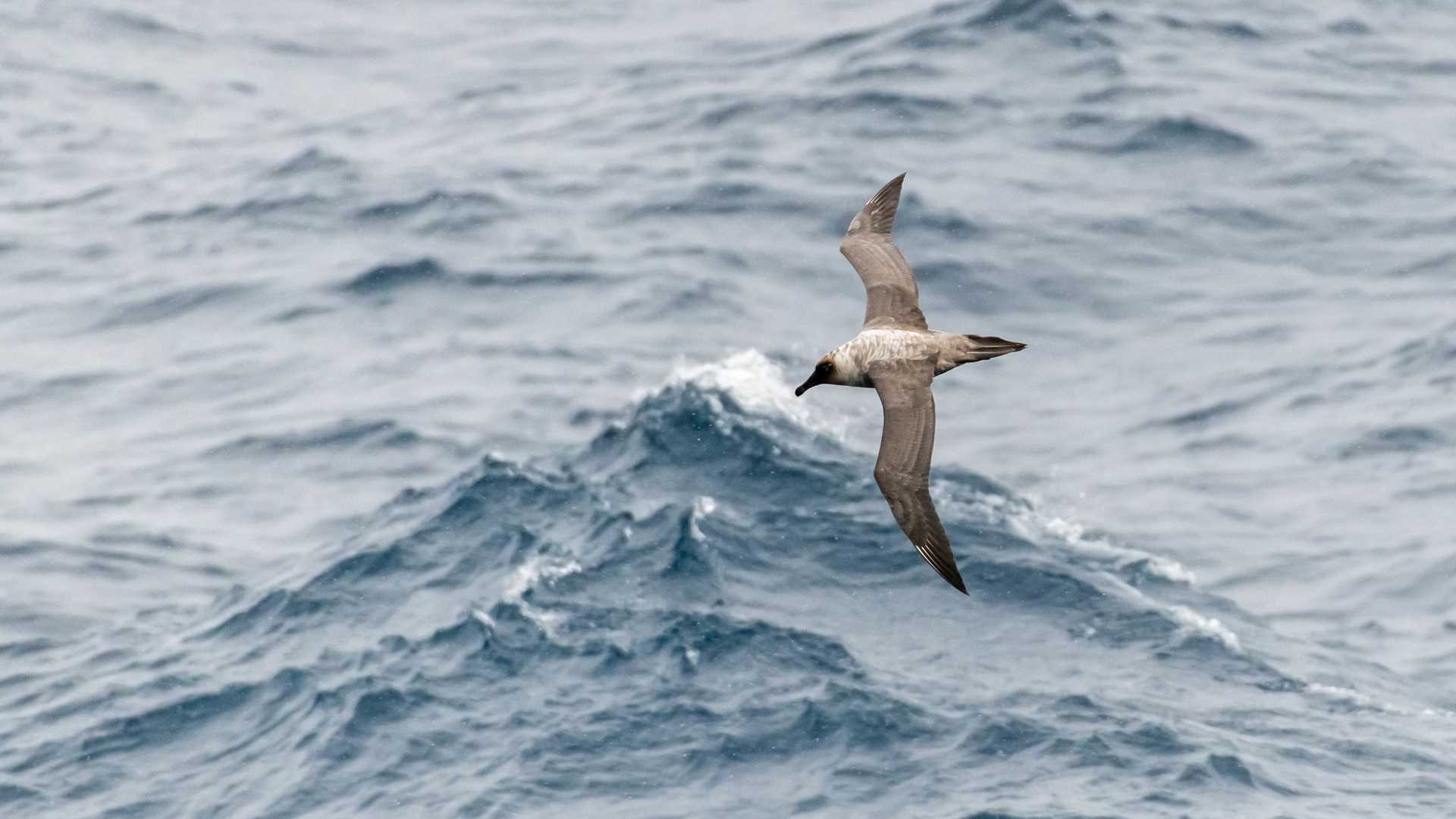Swells in the Drake Passage continued this morning, bringing swaying motions to National Geographic Explorer. A stretch class for early risers helped ease guests into another day at sea. The wind forced the Southern Ocean into a churn, creating an ideal environment for the world’s greatest gliders: albatrosses. Watching these birds glide effortlessly on the wind is a fantastic way to begin the day.
In the early afternoon, guests and naturalists spotted humpback whales feeding and penguins propelling their bodies out of the water like dolphins—telltale signs that we would soon see the magnificent land that is Antarctica. The South Shetland Islands revealed themselves as large mountains of snow and ice. Glaciers loomed over the salty water, beckoning us to explore them. We did just that.
Captain and crew of National Geographic Explorer found a protected waterway known as False Bay on the southern side of Livingston Island. It was a perfectly calm location for our first Zodiac excursions. Snow fell lightly on our faces as we explored the glaciated bay. Ice and incredibly clear water greeted us like old friends. As we approached, a few species of penguins dotted the coastline.
Cruising False Bay with little wind was just what the doctor ordered for everyone. Laughter and cheers of joy rang out as we witnessed calving glaciers in the light snowfall. Just as our landing crafts began to turn in for the evening, the ship radioed a message that quieted the bay: “Leopard seal, port side.” Our crew positioned the small boats so that everyone had the opportunity to view the leopard seal. What a truly magnificent start to an incredible Antarctic Expedition.







